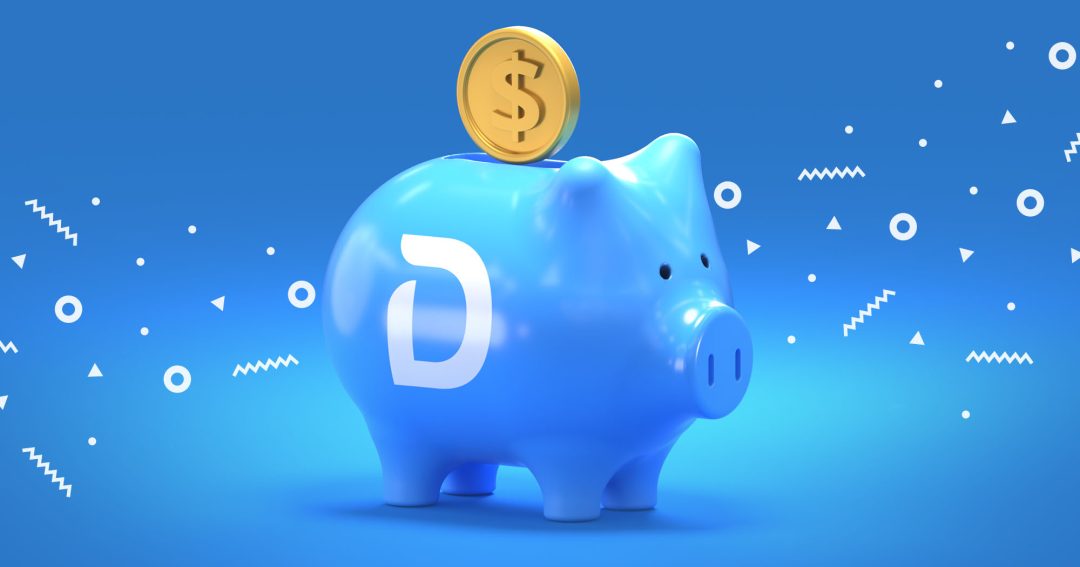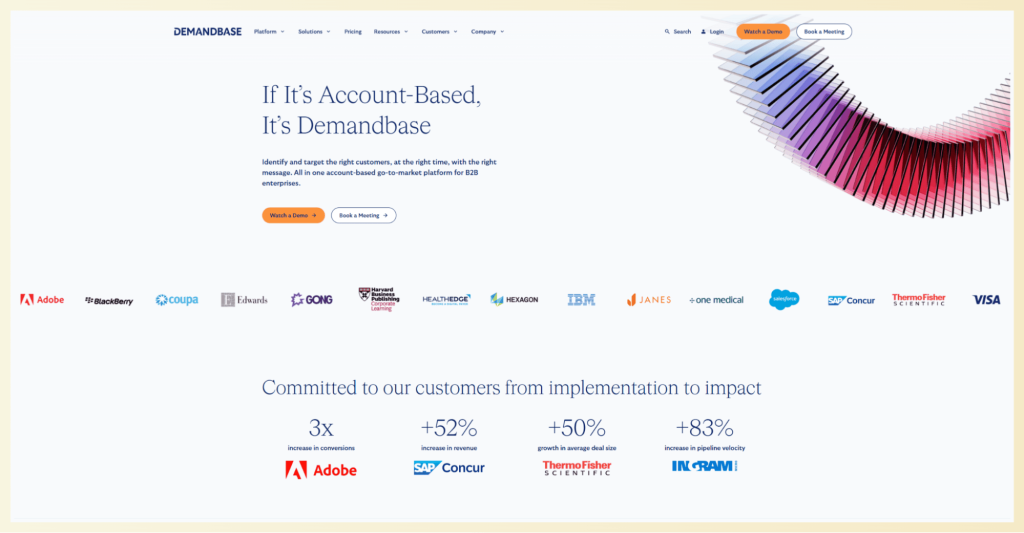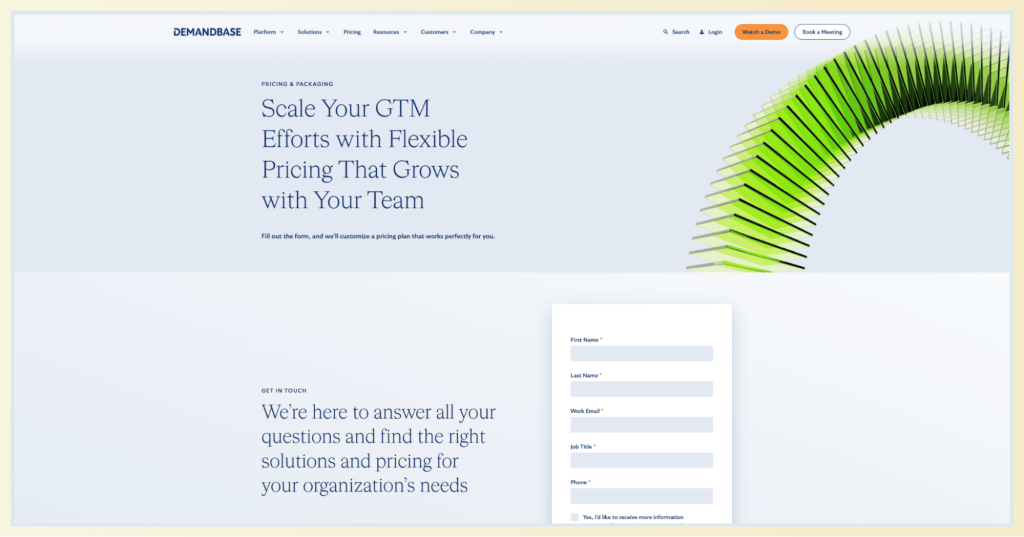In the high-stakes game of B2B marketing, trying to land enterprise clients without proper intelligence is like playing darts blindfolded—you might get lucky, but you’ll waste a lot of time and resources in the process.
Enter Demandbase, the account-based marketing (ABM) platform that promises to remove that blindfold and give you laser-precision targeting.
But with its mysterious pricing structure and enterprise-level reputation, many marketing leaders find themselves asking: is Demandbase actually delivering enough value to justify its cost in 2025?
In this guide, you’ll discover:
- What the Demandbase One platform actually does (beyond the marketing hype)
- A detailed breakdown of features that marketing and sales teams can leverage
- The truth about Demandbase’s notoriously secretive pricing structure
- How it stacks up against more transparent, budget-friendly alternatives
- A clear framework to determine if this premium platform is right for your company
By the end, you’ll have a crystal-clear understanding of whether Demandbase is the strategic investment your company needs—or an expensive luxury you can comfortably pass on.
Let’s get into it.
What is Demandbase One?
Demandbase One is an all-in-one account-based marketing platform designed to help B2B companies identify, target, and engage their ideal prospects more effectively.
Unlike traditional marketing tools that focus on generating high volumes of leads regardless of quality, Demandbase takes a more surgical approach. It helps you focus your resources specifically on accounts that match your ideal customer profile and show signs they’re ready to buy.
The platform brings together data, intelligence, and execution capabilities to create what Demandbase calls a “GTM command center” (go-to-market).
In practical terms, your marketing and sales teams work from the same playbook with shared insights about potential customers.
What are Demandbase’s core platform features?
At its foundation, Demandbase One offers several key capabilities:
- Unified account intelligence: A central repository of information about your target accounts, including firmographics, technographics, and engagement history.
- AI-driven insights: Machine learning algorithms that analyze signals to predict which accounts will most likely convert and what messaging might resonate.
- Cross-platform orchestration: Tools to coordinate your outreach efforts across multiple channels while maintaining a consistent experience.
- Data integration hub: Technology that gathers information from your CRM, marketing automation, website analytics, and third-party sources.
- Real-time intent monitoring: Systems that track when target accounts actively research solutions like yours based on their online behavior.
These core functions power the more specialized features available to different teams across your organization.
Marketing capabilities
Demandbase gives marketing teams everything they need to run highly targeted ABM campaigns that truly resonate with key accounts. You can track engagement across digital channels, seeing which accounts are actually responding to your efforts.
Forget vanity metrics—Demandbase helps you analyze real performance, showing what’s driving pipeline and revenue. You can also refine audience segments based on behavior and characteristics, ensuring your messaging stays relevant. Plus, with detailed customer journey tracking, you get a clear picture of how prospects move through the funnel.
For marketers struggling to prove ROI, these tools make all the difference.
Sales features
On the sales side, Demandbase provides deep buying committee insights, revealing key decision-makers within target accounts. Instead of chasing cold leads, reps can focus on accounts showing high intent with built-in prioritization tools.
It also scores contacts based on engagement and influence, so you know exactly who to target. Sales teams can even see which website pages and content prospects are viewing, making it easy to tailor conversations.
And with seamless integrations with Outreach, Salesloft, and other sales engagement platforms, reps can spend less time prospecting and more time closing.
Advertising capabilities
For digital ad teams, Demandbase ensures every dollar is spent on the right audience. You can run precise account-based ad campaigns, delivering ads only to relevant companies.
Instead of generic targeting, Demandbase uses intent-based ad delivery, triggering campaigns when accounts show actual buying signals. Messaging also adapts as accounts move through their journey, keeping ads relevant at every stage.
The result? Way better ROI and zero wasted ad spend.
Data features
Demandbase’s entire platform runs on a rock-solid data infrastructure that combines first-party and third-party data for a full account view. It pulls from 100+ million professional profiles, constantly updating and enriching records to keep them accurate.
With automated data cleaning and standardization, sales and marketing teams get reliable, usable data. Plus, lead-to-account matching connects individual contacts to their companies, while intent signal processing identifies accounts actively in a buying cycle.







